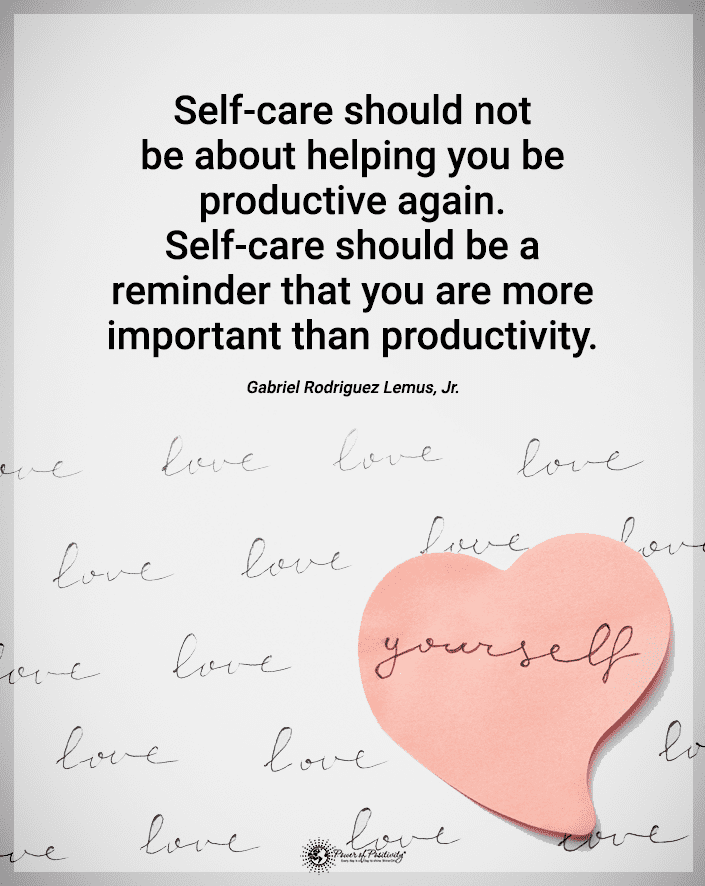Read the convincing reasons to enjoy afternoon napping.
Stress and fatigue often take center stage in our hectic everyday routines. An afternoon nap might seem like a luxury that’s more frivolous than practical. However, science tells us this relaxing habit could be a key to better health and well-being.
Let’s explore how a brief rest period every afternoon can be more than a brief escape from our daily grind.
The Power of Napping for Mental Clarity
One of the most significant benefits of an afternoon nap is its boost to our mental faculties. When we nap, our brain gets a chance to rest and recharge. This downtime is crucial for improving cognitive functions such as memory, focus, and creativity.
But how long is a power nap? You only need to rest for about twenty to thirty minutes. That time can help clear the mind and enhance our ability to think more clearly and creatively.
Napping and Emotional Well-being
Napping doesn’t just refresh our minds. Instead, it also positively impacts our emotional health. It acts as a stress reliever, giving you a much-needed (and well-deserved) break from the pressures of daily life. This pause can help lower anxiety levels and improve overall mood.
In a way, napping serves as a reset button, offering a fresh start for the rest of the day.
Here are two outcomes of taking this much-needed time for rest:
- Stress Reduction: Physical activities can be stressful, especially at competitive levels. Napping helps lower cortisol levels, the body’s stress hormone, promoting well-being and readiness for physical challenges.
- Enhances Mood: Regular napping can improve overall mood, important for motivation and mental resilience in sports and physical activities.
Physical Health Benefits of Napping
Napping can enhance physical performance and aid muscle recovery for those participating in physical activities and sports. Here’s a closer look at how it can help athletes recover from physical activity:
Enhancing Physical Performance
- Boosts Energy Levels: During intense physical activity, a short rest period can replenish depleted energy stores. This restoration is crucial for sports or exercises that require endurance, as it helps maintain optimal performance levels throughout the activity.
- Improves Motor Skills: A nap can enhance motor skills and reaction times for sports requiring coordination and precision. The brain processes and consolidates motor learning during sleep, meaning a nap can help better execute complex physical tasks.
- Increases Alertness: Setting aside a short time to rest can significantly improve alertness, which is vital for athletes who need to maintain high levels of concentration, such as in tennis, gymnastics, or team sports.
Aiding in Muscle Recovery
- Promotes Muscle Repair: During sleep, the body can increase blood flow to muscles, providing extra nutrients and oxygen, which are essential for repair and growth. Napping accelerates this process, especially after strenuous workouts or competitions.
- Reduces Inflammation: Exercise, particularly intense or prolonged physical activity, can lead to muscle inflammation. Sleep, including naps, helps reduce inflammation, promote quicker recovery, and reduce the risk of injuries.
- Balances Hormones: Sleep regulates the release of important hormones like growth hormones and testosterone. These are crucial for muscle repair and building. Napping helps maintain the balance of these hormones, supporting muscle recovery.
Napping and Productivity
Contrary to the belief that napping is a sign of laziness, it can increase productivity. A well-timed nap can combat fatigue and lethargy, making us more alert and energetic. This renewed energy can lead to higher efficiency and better performance in both professional and personal tasks.
Combatting Fatigue
- Restores Energy Levels: Napping provides a quick way to recharge the body’s batteries, especially when feeling drained. This energy restoration helps overcome the midday slump many people experience, making them more productive for the rest of the day.
- Improves Cognitive Function: Fatigue can cloud thinking and impair decision-making. A short nap can clear the mind, sharpen focus, and improve cognitive functions, leading to better problem-solving and decision-making abilities.
Boosting Alertness and Concentration
- Enhances Alertness: Individuals often experience a significant boost in alertness after waking up. This heightened awareness is crucial for tasks requiring attention to detail and precision.
- Increases Concentration: Napping helps refocus the mind, particularly when working on long or complex tasks. This increased concentration can lead to higher quality work and efficiency.
Enhancing Overall Performance
- Improves Memory and Learning: Short rest periods mayaid in memory consolidation. That means converting new information into long-term memory. This enhancement in memory function is beneficial for both professional and educational settings.
- Boosts Creativity: A rested mind is often more creative. Napping can provide a fresh perspective, sparking new ideas and innovative solutions to problems.
Napping is far from a sign of laziness. Instead, it is a strategic tool for enhancing productivity. A well-timed rest period can be a secret weapon for success in both professional and personal arenas by combating fatigue, increasing alertness and concentration, and improving overall performance.
How to Nap Effectively: A Step-by-Step Guide
Happy napping is an art that can significantly enhance your overall well-being once you master it. Here’s a step-by-step guide to help you unwind, relax, and drift away into a rejuvenating snooze.
Step 1: Create a Restful Environment
The first step to a successful nap is setting up an environment conducive to relaxation. Choose a quiet and comfortable place where you will not be interrupted. Dim the lights or close the curtains to signal your body that it’s time to rest. Lie down instead of sitting up, as this position is more natural for sleep.
Step 2: Set the Scene for Sleep
Your surroundings can greatly influence your ability to nap. Consider using a blanket, as your body temperature drops when you sleep. Use a supportive pillow to avoid neck strain. Earplugs or white noise machines can block distractions if noise is an issue. The goal is to make your nap space as inviting and sleep-friendly as possible.
Step 3: Relax Your Mind
A busy mind can be the biggest barrier to a successful nap. Engage in a relaxation technique before you try to sleep. Deep breathing exercises, mindfulness meditation, or visualizing a peaceful scene can help calm your thoughts. The key is to shift your focus away from the day’s stresses and towards relaxation.
Step 4: Set a Timer
Set a timer to avoid oversleeping and the grogginess that comes with it. As mentioned earlier, a naptime between twenty and thirty minutes is ideal. This duration allows you to rest without entering deep sleep. As a result, it becomes easier to wake up feeling refreshed.
Step 5: Find a Comfortable Position
Once you’re in your nap space, find a comfortable position. It might be different from your usual sleeping position. Some people find lying on their back with their hands resting at their sides best for a short nap. Make any adjustments needed to feel relaxed and at ease.
Step 6: Let Go of Sleep Expectations
Sometimes, the pressure to fall asleep can keep you awake. Remind yourself that even lying down with your eyes closed can be restorative. Don’t stress if you don’t fall asleep right away or at all. The relaxation itself is beneficial.
Step 7: Gently Wake Up
When your timer goes off, give yourself a few minutes to wake up gently. Don’t jump out of bed immediately. Stretch, take deep breaths, and slowly sit up. This gradual approach helps your body and mind transition back to wakefulness.
Step 8: Rehydrate and Reenergize
After your nap, drink a glass of water to rehydrate. If you’re feeling sluggish, a short walk or a little bit of light stretching can help invigorate your body and mind.
You can master the art of restful napping by following the steps listed above. Remember, napping is like every other skill; it only improves with practice. Over time, you’ll learn what works best for you and how to maximize these brief but powerful rest periods.
Final Thoughts on Understanding the Benefits of an Afternoon Nap
The benefits of an afternoon rest period are, indeed, compelling. It’s not only about catching a few extra winks. Instead, napping may enhance mental, emotional, and physical health. So, the next time you feel guilty about wanting to take a short nap, remember that it’s not just a break. Rather, it’s a scientifically backed tool for a healthier, happier life.

















 Community
Community

